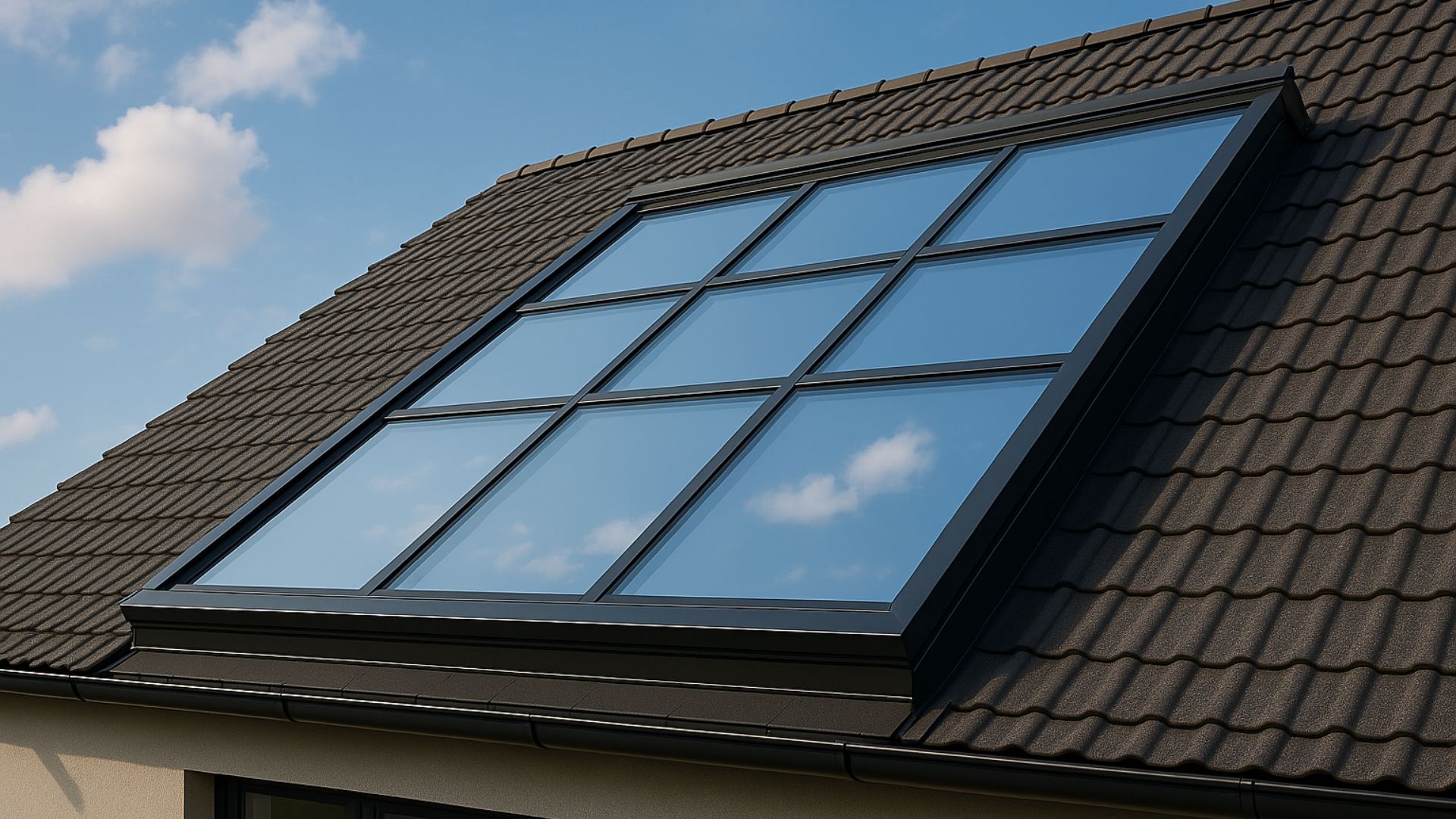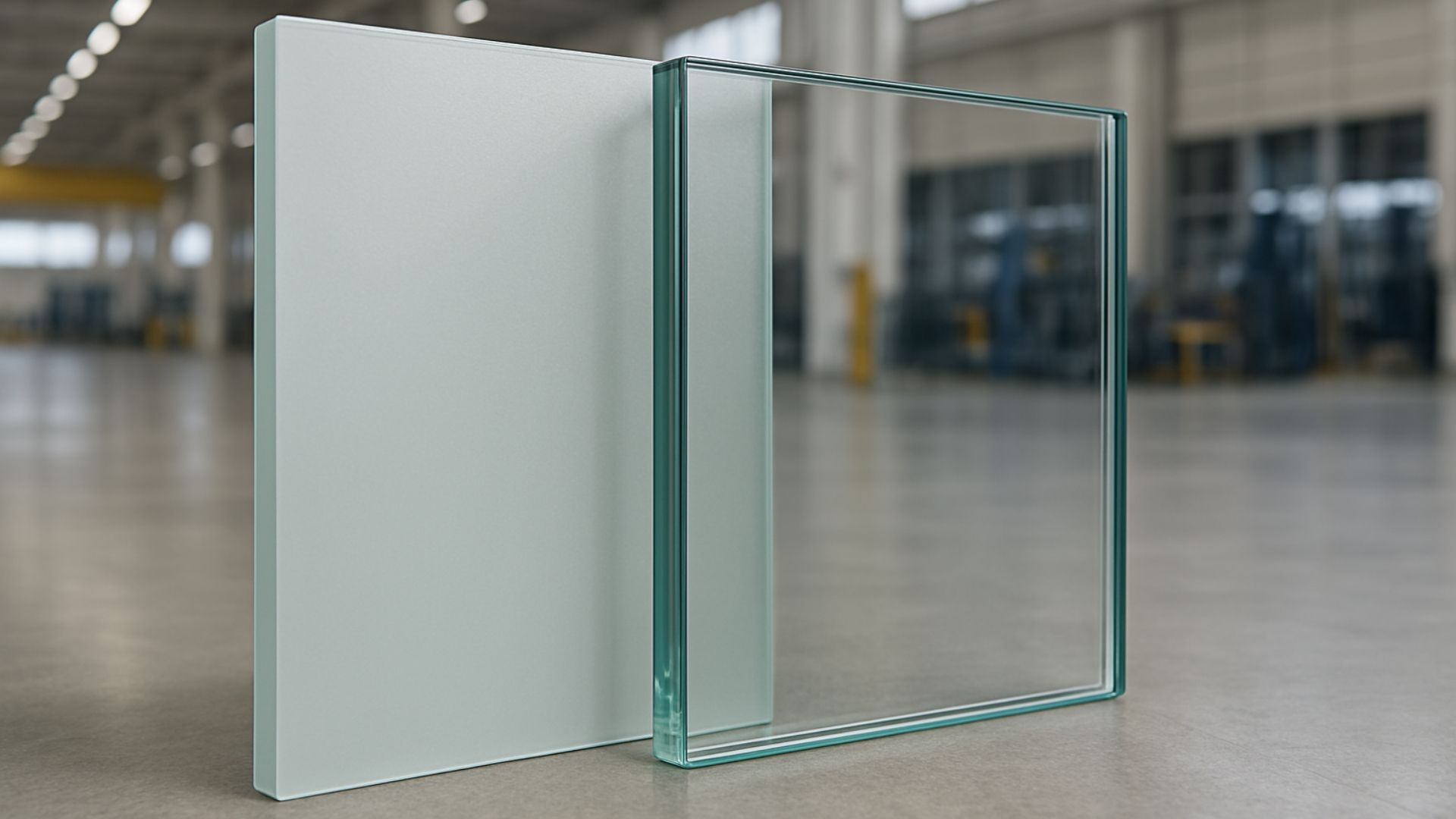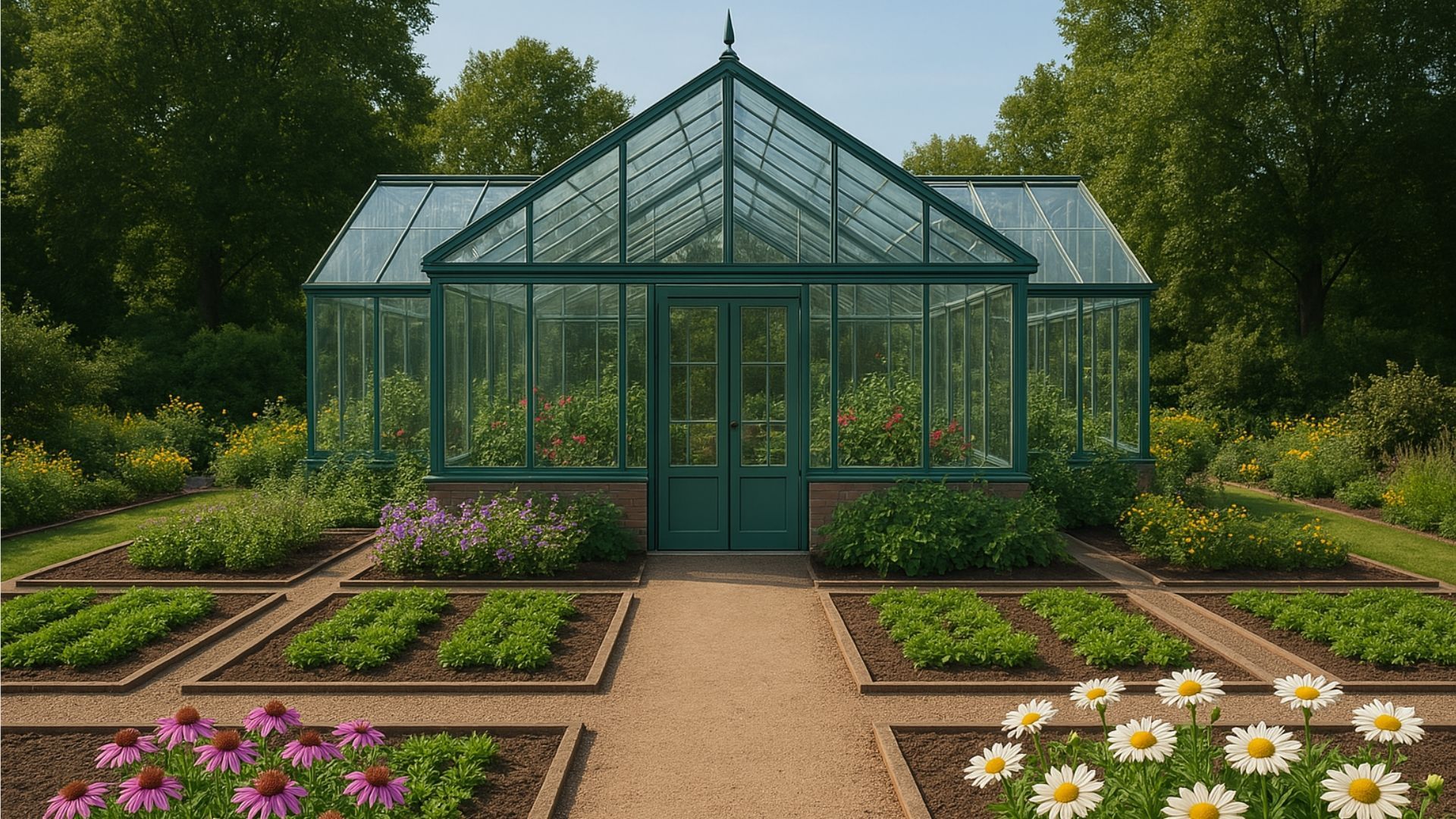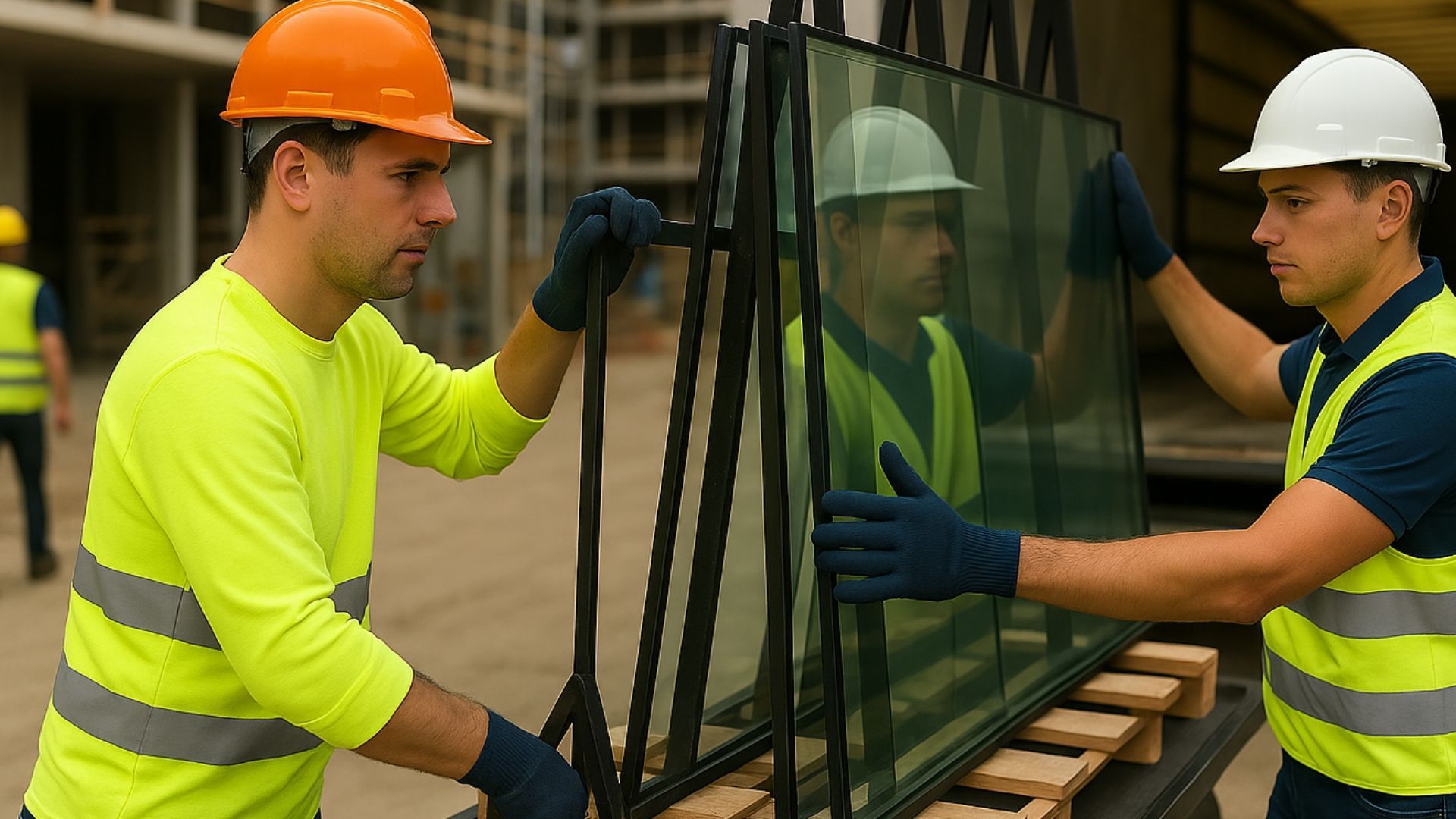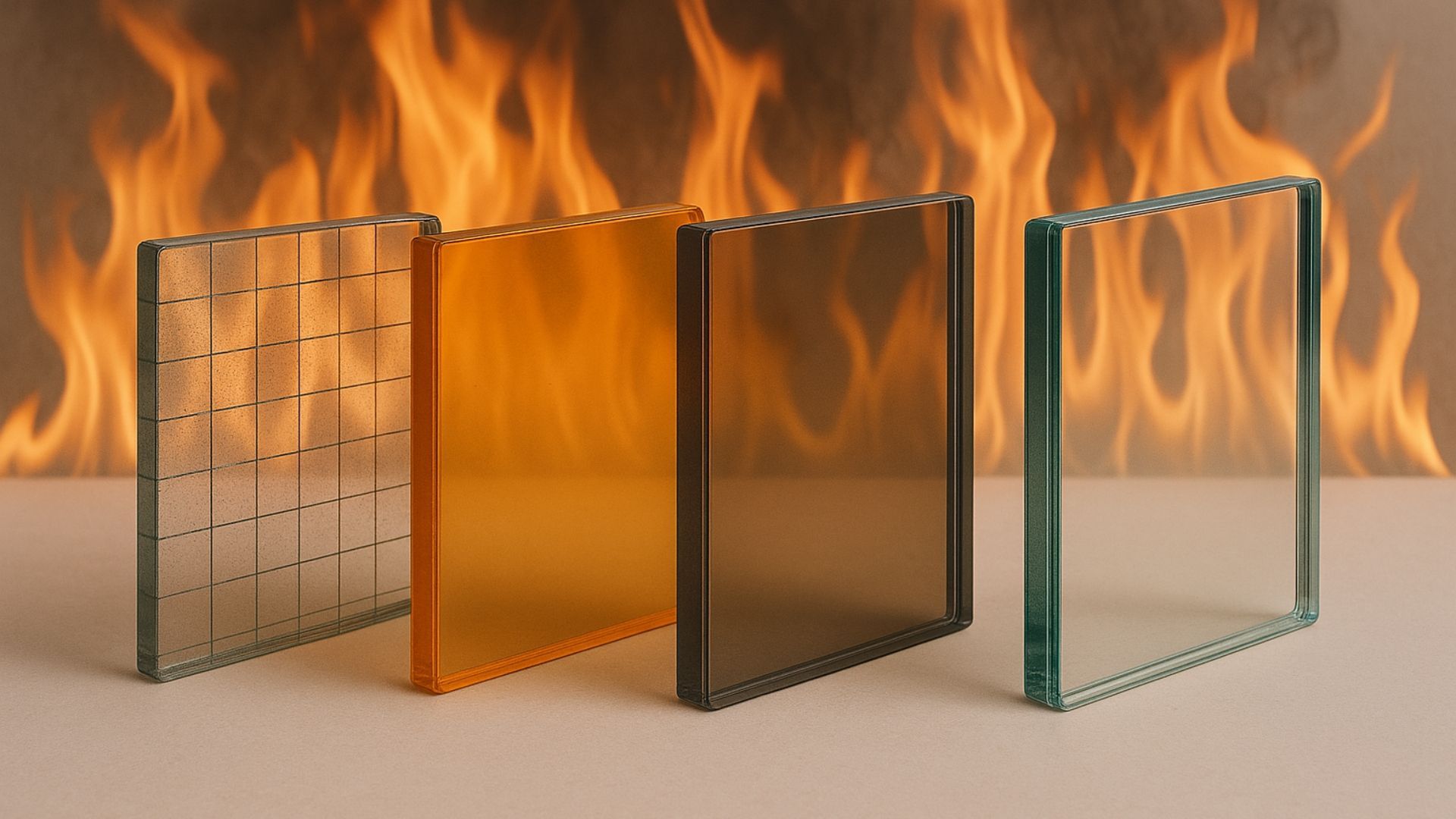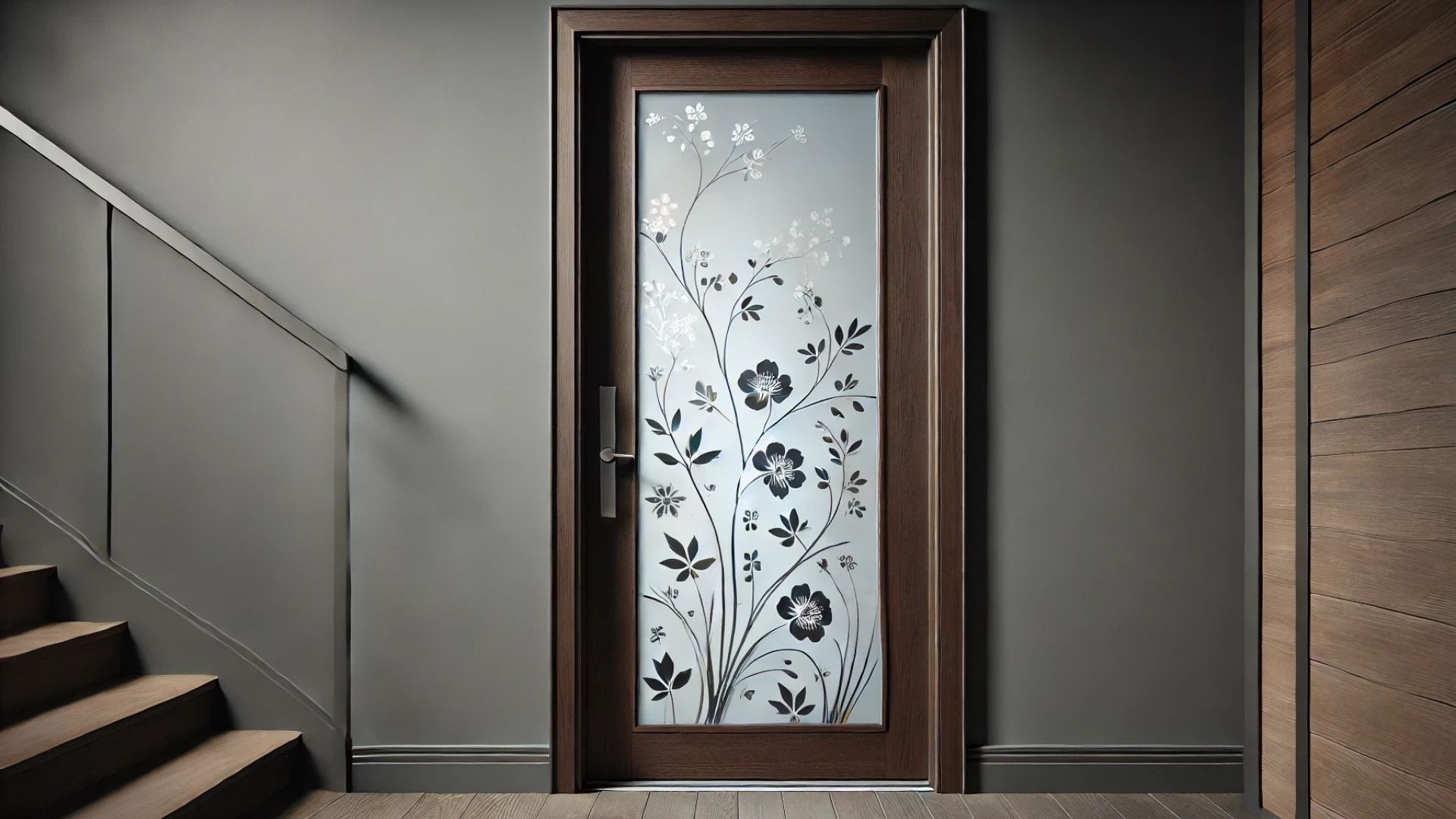
Glass has always been at the forefront of architecture. Discover 5 amazing examples from around the world.

Glass has been around for millennia. But tell a Syrian glass-maker in 2000 BC that one day his product would be used to make tall buildings and he'd probably laugh in your face.
Today, glass is a star material in many of the world's most impressive buildings. Gone are the days when it was just the stuff of windows. It's now the building block for facades, bridges, staircases, skylights and more.
This is partly because it has the potential to look great – sleek, modern and striking. But it's also one of the most sustainable building materials going.
Add to this the development of new varieties such as smart glass and the possibilities for architectural innovation are limitless. Like skyscrapers themselves, the sky's the limit.
In this article, we take a whistle-stop tour around the world to shine a light on five of the most surprising, artistic and downright amazing uses for glass in architecture: from London to Shanghai, from Cleveland to New Delhi.
1. 30 St Mary Axe, London (AKA "The Gherkin")
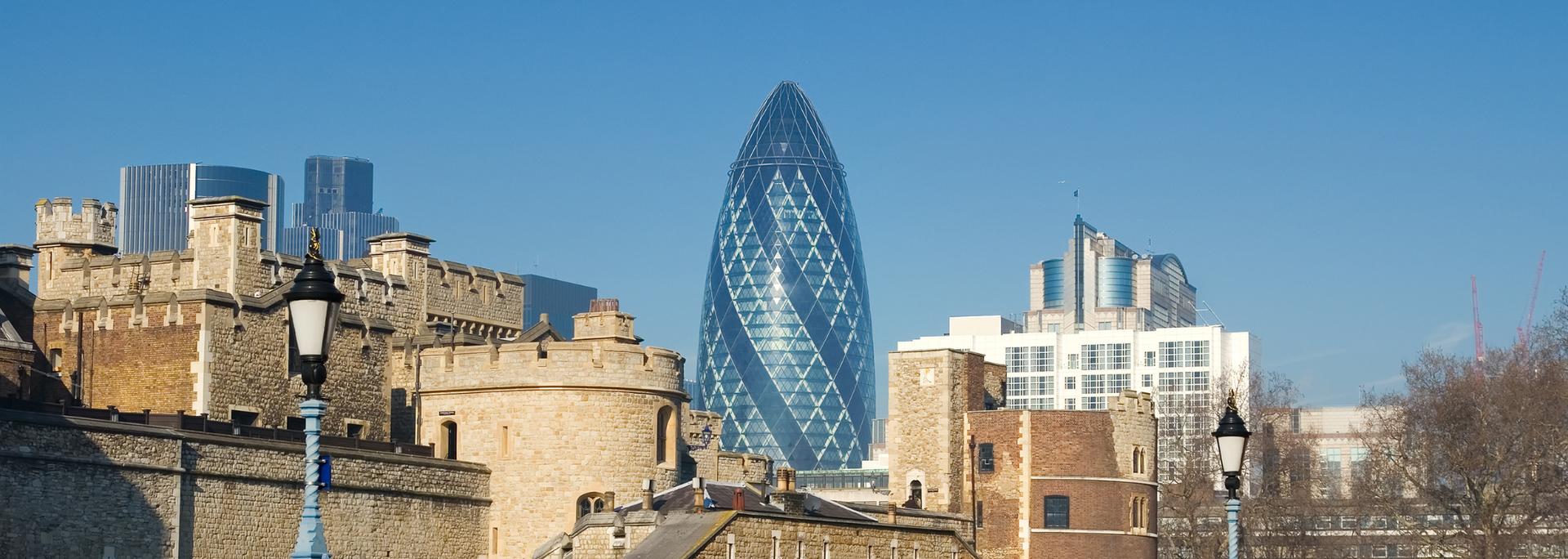
London's skyline is dotted with buildings that bear affectionate nicknames – from the Cheesegrater on Leadenhall Street to the Pringle in Stratford.
One of the most distinctive of these buildings is 30 St Mary Axe, known to Londoners and out-of-towners alike as the Gherkin. Opened in April 2004, this 41-floor, 180-metre-tall commercial skyscraper is an unmissable feature of London's financial district, the City of London.
While it does look a bit gherkin-like, it's also been compared to a spaceship, a toy and a "stretched egg". Aside from its shape, the tower is notable for its creative use of glass on its expansive facade.
Its construction has also inadvertently added to our knowledge of Roman Britain. During the clearance of the site, the remains of a Roman girl were found. She is thought to have lived 1,600 years ago, back when London was the Roman settlement of Londinium.
Her remains were relocated to the Museum of London. When construction was complete, she was reburied on the site. Her grave is marked with a marble slab that reads in both Latin and English: "To the spirits of the dead / the unknown young girl / from Roman London / lies buried here".
2. Esquire offices, New Delhi
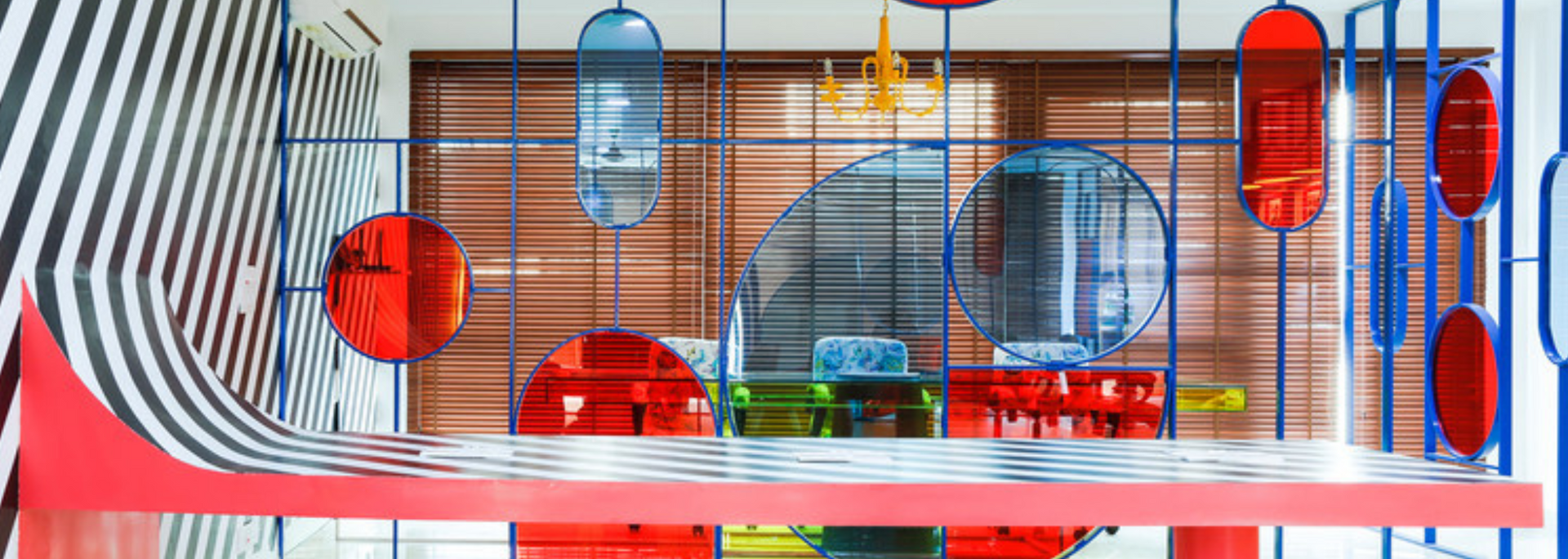
In the 1960s, the Defence Colony in New Delhi was a neighbourhood for veterans of the Indian Armed Forces. Today, it's a commercial hotspot full of boutiques, restaurants, galleries and shops. It's also home to American magazine Esquire's Indian office.
It's a bold, colourful office that was designed to reflect
Esquire's origins in the Art Deco movement of the 1930s: a wonderland of bold coloured glass and metal-framed partitions, like a 3D Mondrian painting.
Combining eye-catching primary colours and soft warm hues, the
Esquire
office was built, its designers have said, "to enact dynamism in the mindset of its users" and convey "sophisticated madness". It's a great example of just how versatile and creative glass can be in an architectural setting.
3. moCa Cleveland, USA
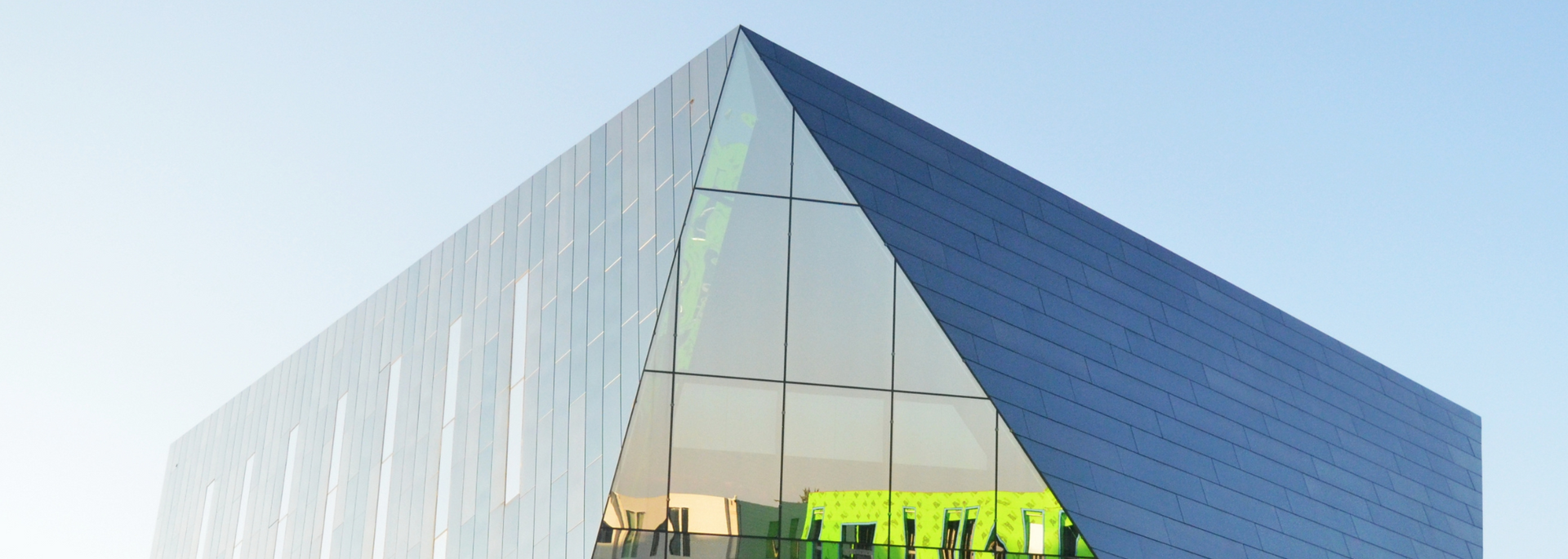
Art is all about the details – and in the case of Cleveland's Museum of Contemporary Art, one of the telling details is the use of lower-case letters in its acronym. "moCa" suggests modernity in a way that "MOCA" or even "MoCA" just wouldn't.
It wasn't stylised in this way until 2018. But the contemporary vibe was foreshadowed by its 2012 refurbishment by British-Iranian architect Farshid Moussavi.
It's a six-sided building that Moussavi intended to be "a public 'living room' in a cosmopolitan Cleveland neighbourhood". Its prismatic shape and reflective surfaces grab the attention immediately.
Inside, the surfaces are electric blue: a direct challenge to the prevailing trend for "white-cube" gallery spaces.
4. Shanghai Tower, Shanghai, China
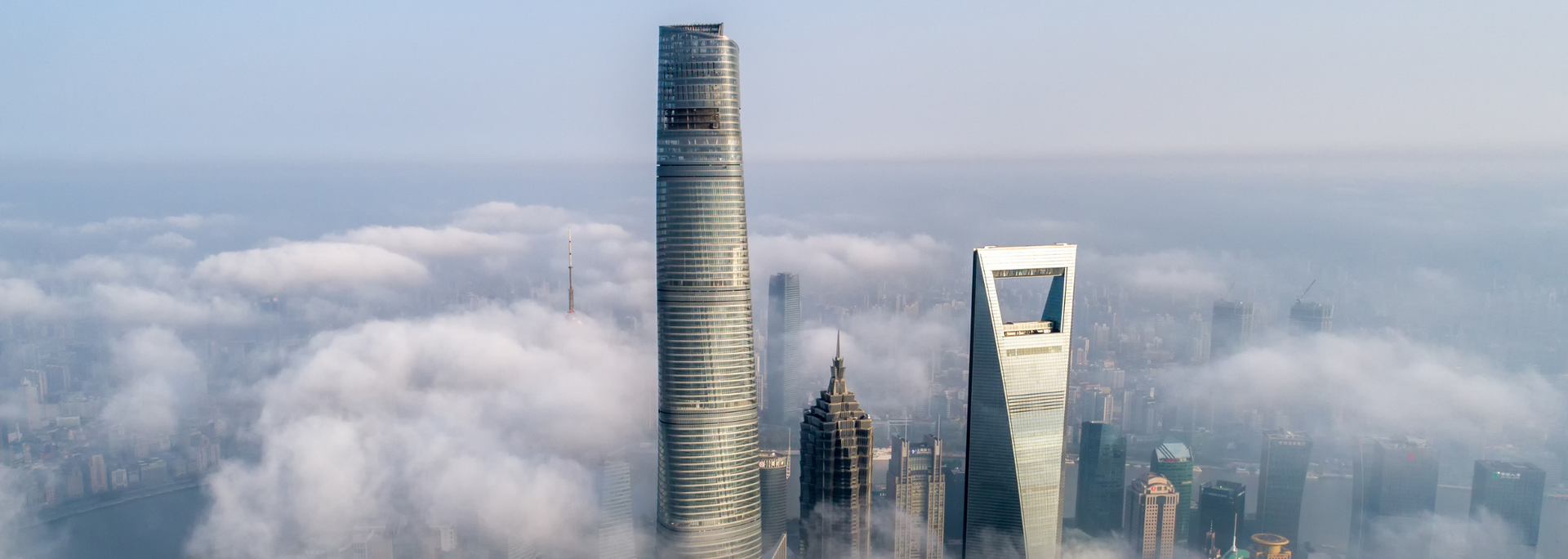
The Shanghai Tower is a miracle of modern architecture – and a record-breaker, too. At 632 metres, it's the tallest building in China and the third tallest worldwide. But in the words of the US-based Council on Tall Buildings and Urban Habitat, it's also "one of the most sustainably advanced tall buildings in the world".
This is largely down to its creative use of glass. It's comprised of nine cylinder-shaped buildings stacked on top of each other and encased in a double glass facade that twists as it rises.
This double layer drastically reduces the need for air conditioning – and the building's heating and cooling systems use geothermal energy. In addition, its twisting glass facade reduces wind load and the building uses recycled rainwater to flush toilets and irrigate the tower's green spaces.
5. The Niemeyer Sphere, Leipzig, Germany
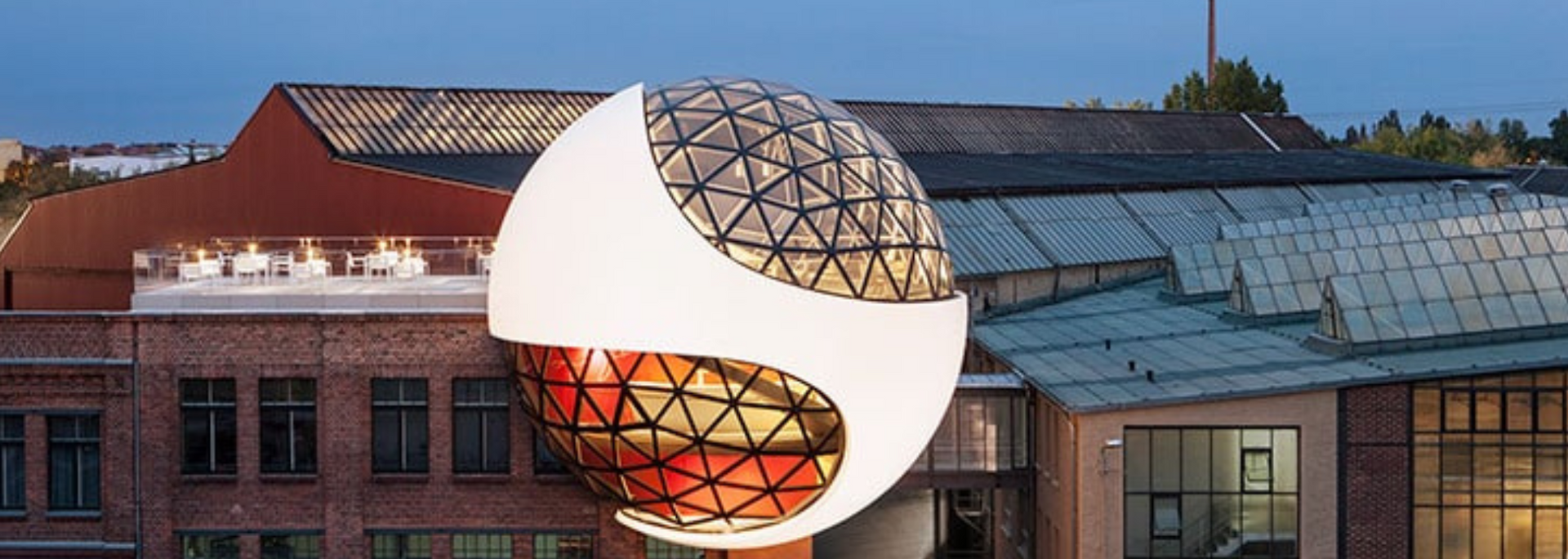
Glass is always evolving. One of the most recent developments is smart glass: a type of glass that can switch or fade from transparent to opaque at the touch of a button.
Smart glass plays a crucial role in the Niemeyer Sphere: a white concrete and glass sphere that protrudes from the side of a factory canteen in Leipzig, Germany and serves as a restaurant and bar.
Brazilian architect Oscar Niemeyer's design has been described by its lead architect Harald Kern as "essentially a glass bowl in a southwest orientation". This orientation meant that there was a very real risk of overheating. The answer? Liquid crystal glass that would shade automatically as the day hotted up.
Shifting from soft grey to almost black, the liquid crystals were designed especially for the project. Controlled by an app, they ensure that the temperature inside the building is optimal. They also help to reduce glare from the sun.
Final thoughts
Glass has never just been a functional material. Back in the days of glass blowing, it was used to create gorgeous stained glass. Today, it's the building block for buildings that are eye-catching and sustainable. We're excited to see what comes next!
Are you looking for high-quality
toughened glass, cut to size? ToughGlaze is one of the UK's most trusted glass processing specialists.
Get in touch today for a quick, competitive quote.
Join Our Newsletter — No Spam, Just Expert Tips and Updates for Your Next Construction Project!


| ToughGlaze LTD
